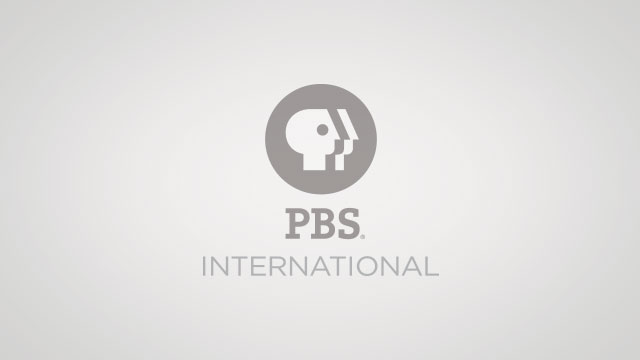
NOVA ScienceNOW Season 3 #305 1x53
LEECHES
Leeches, those innocent bloodsuckers, have been bad-mouthed to the point that they’ve become synonymous with obnoxious freeloaders. Even host Neil Tyson gets creeped out while wading through leech-infested waters with scientist Mark Siddall, who runs the leech lab at the American Museum of Natural History. Siddall notes that leeches are much less dangerous than mosquitoes and ticks as disease spreaders. Although leeches became notoriously overused for blood-letting in 19th century medicine, they’ve orchestrated something of a comeback, and are today used when reattached fingers and toes become engorged with excess blood that must be drained off. Leeches are hermaphrodites and exist in countless species and ecological niches throughout nature. One type even prefers the rectal region of the hippopotamus. Maybe that’s more than you want to know about leeches, but you’ll gain new respect for these fascinating little creatures and never use their name in vain again.
SETI
In 1960 a curious astronomer named Frank Drake aimed a radio telescope at a couple of nearby stars and started listening. More than 40 years later we’re still listening, and SETI — the search for extraterrestrial intelligence — has just expanded big time to begin a more intensive survey of millions of star systems for signs of advanced civilizations. NOVA scienceNOW reports on this impressive new effort, called the Allen Telescope Array. The project is underwritten primarily by billionaire philanthropist Paul G. Allen and will eventually comprise 350 giant dish antennas, all working in unison to answer the question: Are we alone? It’s a radical step forward. Jill Tarter, director of the Center for SETI Research, explains that making a judgment about the existence of alien cultures based on the last 40 years of observations would be like trying to determine if there are fish in the ocean by looking in a single glass of sea water. Tarter — a SETI legend — is said to be the inspiration for Jodie Foster’s character in the movie Contact. And while no alien signals have yet turned up — much less a transmission with plans for an alien spaceship, as in the movie — the new SETI search has only begun!
STEM CELLS
In the latest update on the controversial subject of stem cell research, NOVA scienceNOW explores an exciting and potentially revolutionary new development. Japanese researcher Shinya Yamanaka has discovered how to take an ordinary skin cell from an adult, turn back its genetic clock, and transform it into the equivalent of an embryonic stem cell. Yamanaka calls these cells Induced Pluripotent Stem (iPS) cells, and their crucial feature is that they are created without embryos, thus bypassing a political and ethical stumbling block that has hampered research. Scientists have been eager to explore the full potential of stem cells, which can grow into almost any type of cell in the body. Now they are a step closer to using this medically promising technology to treat diseases such as sickle cell anemia. One experiment has already used iPS cells to cure mice of a sickle cell condition similar to that in humans. Major hurdles remain, but the discovery of iPS cells is so important that Yamanaka is being touted for a Nobel Prize.
EDITH WIDDER
Go for a deep-sea dive with a scientist who is seeing things never before recorded on the ocean floor. Edie Widder is a specialist in marine bioluminescence, the biochemical emission of light by ocean animals that can light up the murky depths to an astonishing degree. Widder is doing some lighting of her own with an innovative camera system called the “Eye in the Sea” that uses a wavelength of light invisible to sea creatures to catch them unaware. On its first test the “Eye” recorded a squid not yet known to science. As a child, Widder loved to learn and settled on a career in bioluminescence because it was about the coolest thing she’d ever seen! Recently, her research has won her a MacArthur “genius” grant, which will help support her work at the Ocean Research and Conservation Association, of which she is a co-founder.
